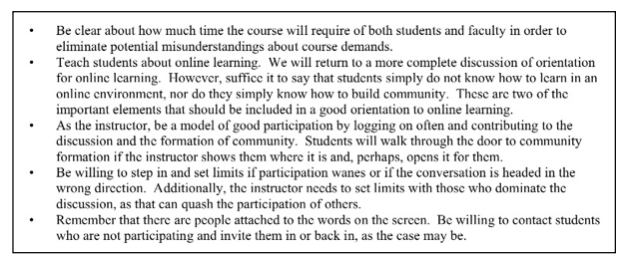Article 6
van Loon, A., Ros, A., & Martens, R. (2012). Motivated learning with digital learning tasks: what about autonomy and structure? Education Technology Research Development, 60, 1015–1032. DOI 10.1007/s11423-012-9267-0
Summary: The article takes a quantitative approach to examining the ways that digital learning tasks contribute to students’ motivation and their learning outcomes, and specifically the contributions made by the structuring of support of autonomy and structure. The study’s participants were over 300 Grade 5 and 6 students from eight elementary (primary) schools in the Netherlands. The article takes the position that when student are motivated, then challenging tasks are approached with greater eagerness, perseverance and pleasure and better performance, and that digital learning environments may also promote motivation in problem based tasks. However, it was also noted that such tasks place an increased demand on learners and that a media-rich environment can be distracting. The main research question emerged as “‘In what ways can digital tasks based on PBL in a hypermedia environment contribute to the motivation and learning outcomes of students?’’ (p. 1019).
Using self-determination theory (which assumes that all individuals have the desire to explore and understand their environment), the research was based on a ‘2 x 2’ design (with or without autonomy support; with or without structure) where each group of students were assigned the same digital, problem based learning task based on creative effective advertising. The Intrinsic Motivation Inventory (a structured written questionnaire) was used to measure motivation - this gives a number of statements with a number assigned to show the degree to which the participate agrees and disagrees.
The results showed that when support for autonomy and structure were utilised in a digital learning task, that there was a positive effect on motivation and learning outcomes. A lesser positive effect was noted when only structure was provided. Limitations were that this was a short task; that the questionnaire allowed only limited differentiation between the learning outcome measures; and that no -pre and post measurement were administered.
Evaluation: The directions given to students for each of the four (2x2) options were informative in terms of the kinds of language and structures that could be used for younger students in a problem based learning task. However, there could have been a greater level of detail on how the qualitative statements (correlated to numbers) was explained to these young students.
Source: Manuscripts submitted to Education Technology Research Development undergo a blind review process involving a panel of three reviewers. As the source is from a peer reviewed journal with two authors being in tertiary academic positions, and one being a Ph.D candidate this should be considered a respectable source for research.
Relevance and Comparison to other sources: In relation to Article six, this study is based in active research that shows how problem based learning could be structured to work successfully with younger students. While the learning activity is both process and product based, it would be interested to examine what prior knowledge was required, and to apply the same methodology to a range of content areas - mathematics, music, science - that required definitive ‘knowledge acquisition’.

